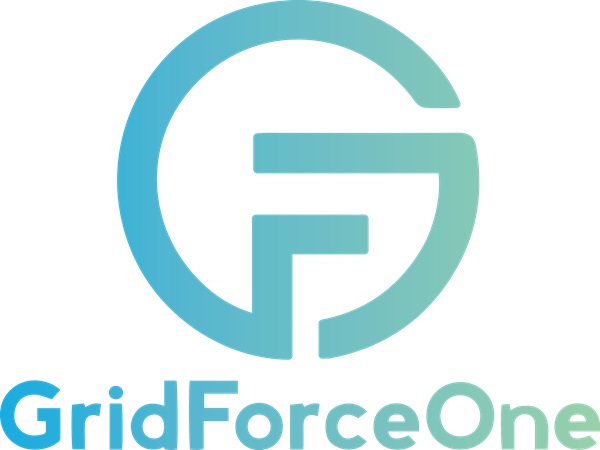RFI is a construction process that is designed to achieve success. By success, we mean the fulfillment of set goals and objectives. For many projects, stakeholders place unrealistic expectations for construction companies. To make them a lot more realistic, architects, engineers, and designers are tasked with the responsibility of designing a scope that meets set requirements.
Contractors are asked to provide estimates, and designers are tasked with the responsibility of coming up with functional designs while owners or investors are provided a list that is ever-changing for as long as the project lasts. At the center of the entire process is the constant inflow and outflow of information, commonly called RFI.
What is RFI?
RFI = “Request for Information”.
RFI is actually a request by one party (oftentimes the project owner) to another for information. The information provided is used to clarify uncertainties associated with a building project. RFI consists of contracts, plans, design specifications, and relevant documents.
Which parties are involved in RFI?
All individuals and groups associated with the conception, actualization, and execution of the project are involved in the RFI process. They may include the general contractor or subcontractors, designers, clients, and engineers.
When is RFI required?
RFI is required when the following is needed to proceed:
- Clarification and the need for additional information
- Modification or Substitution of plans or designs
- When a structural deficiency is spotted
What is RFI so important?
RFI remains an integral component of the communication process in construction. RFI may be verbal or written, but it helps stakeholders assess their capacity, track progress, and to ensure that projects meet specified guidelines.
Consider this situation
Imagine, for instance, that design was approved by the client, engineers, and designers for a project. As the project progressed, the team leader realized that there was a structural defect in the design. If he keeps mute and proceeds as ordered, the finished work will be a structural disaster, and his competence will be called into question even though he had no hand in designing the structure. On the other hand, if he makes changes to the design without consulting with the client and other professional parties involved, his actions may lead to a dispute. Especially if the other parties feel they would have recommended a better alteration than the one, he effected.
RFI Caveat
Even though everyone in the industry agrees that RFI is a very viable tool for work cohesion, it also creates an avenue for parties to abuse it by presenting false claims to implicate other parties. It is an unethical practice to abuse RFI, and stakeholders who do should be called out. The role of RFI is to encourage unison among team members, not create dissension.
In conclusion, RFI, as a communication tool, should be used to improve productivity. The responsibility lies with contractors and subcontractors to conduct themselves in the highest professionals standards at all times by applying RFI usage in good faith.
Do you have something to add to this discussion? Let us know in the comments section below!

